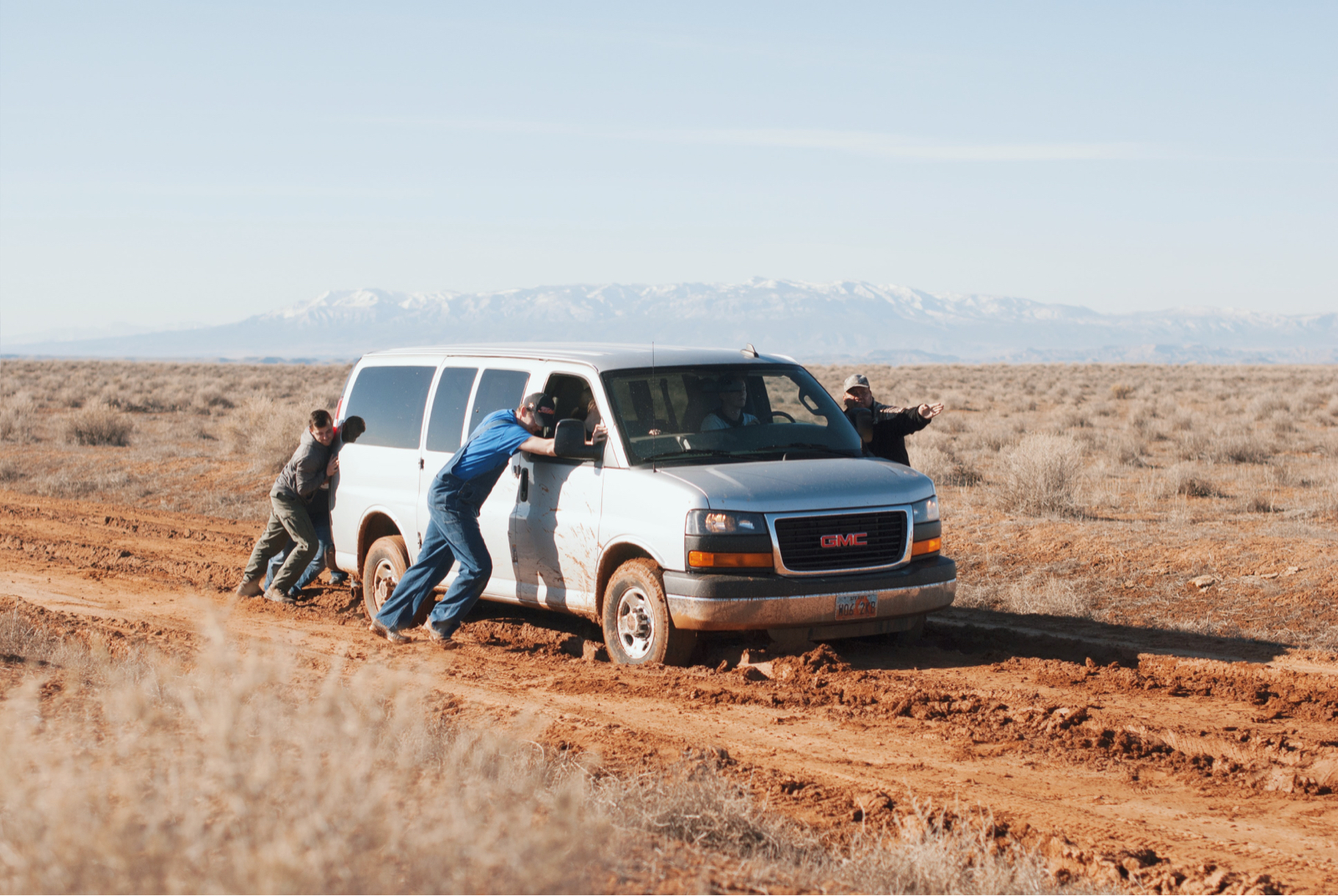Building A Network Against Unexpected Disruption
Businesses all over the world have been profoundly impacted by COVID-19, experiencing major disruptions in every aspect of their operations. Creative operations in particular will continue to be a challenging hurdle in a post COVID-19 world, in part because of the close quarters and collaborative nature of creative production.

How do we build teams and processes that will allow us to weather the next major business disruption, whether it be a global pandemic or a local disaster? How do we achieve the level of consistency our customers expect and desire when managing a global network of studios or teams who have pivoted to remote work? Here are a few things to consider when building your network and setting your studios up for continued operations in event of severe disruptions.
Deep dive into your current process, solve the work-arounds and trim the fat. Simplify.
If it's not necessary, it doesn't belong in your process
Every process is born out of a need to accomplish a task (profound, right?). The most effective processes strive to be as simple as possible and when faced with barriers, they find the simplest way past them. This is where work-arounds occur. Work-arounds in a process are usually a trade-off of what you need to achieve and what you are able to achieve. An absolutely vital part of building a process is a constant review of that process. In reviewing your process, ask yourself these questions:
1. Does each part of this process contribute to the end goal? Further, how does it add value?
It's important to realize there is always an emotional connection between a process and those involved in identifying and implementing it. If you've built an effective and passionate team, they are going to have strong feelings. That can sometimes cloud an accurate assessment of how the process, or parts thereof, add value. More on this in the next section, but for this part, take an unbiased look at your process and determine if and how each part of it adds value to the end goal. Ask why until you're sick of the word.
2. Is this a work-around? Is it still necessary?
Work-arounds are usually a necessary part of a complex process, you come across a road-block and you need to find a way around it. This is typical especially in production studios, which are generally staffed by creative problem solvers. As time passes, the work-around becomes less and less obvious, and sometimes the reason for the work-around is forgotten. Take a moment to assess the reason for the work-around, and whether or not it is still necessary. Circumstances and technology change and you may not realize that the work-around is no longer necessary. If it's not necessary, it doesn't belong in your process.
3. Do not fear testing bold ideas, there are very few one-way doors.
To fear failure is to fear valuable information
This was imparted to me by a senior leader during my time at Amazon. Sometimes you hear it referred to as failing fast. There aren't very many things you can try that you can't undo, so why fear something not working? If you take a well-reasoned and thoughtful approach to your processes, you should not fear failure as that only uncovers more information to build a better process. To fear failure is to fear valuable information.
Invest in building and training a top-notch team.
It is your team, not your equipment, studio, or processes, that will figure out how to push forward and continue serving the needs of your clients and customers
No matter how lean, thorough, or effective your process is, you need engaged people to make it all happen. Processes fail all the time, and your number one fail safe against a process breaking is an engaged team to find the root cause of the failure and correct it. Building a robust and effective process is not a replacement for effective teams, it is a means to free up your team to operate at a higher level.
Take your hiring process seriously. Find ways to meaningfully evaluate your candidates because you're not only looking for a portfolio but for potential, engagement, and meaningful contributions to the studio. This is not a person to stand on set, at a steamer or at a computer, this is someone who will interact with the process first hand, day-in, day-out and is where your feedback loop starts. You need critical thinkers and effective communicators.
With your team in place, your job as a studio leader is to navigate their passions and contributions, and provide support. As mentioned in the last section, in order to keep a process lean and effective you need to set the expectation that any and all ideas are on the table and can be taken off the table. There will be some emotions in this, but if you've built the right team and maintained the right culture, you will be well equipped to handle this.
Remember that in the event of a major business disruption, your team will be the key to continuing operations. It is your team, not your equipment, studio, or processes, that will figure out how to push forward and continue serving the needs of your clients and customers.

Communicate effectively, but beware
If you are of the mindset that your team only produces quality work when leadership is physically present, you are not the studio leader you think you are
More communication does not necessarily equal effective communication. Whether you have to suddenly pivot to remote shooting, or are building a global network of studios, you already need a culture of effective communication. This is entwined with building your team, but it's up to leadership to demonstrate and solidify this as part of studio culture. If you cannot effectively communicate as a team when everyone is in the same studio, how do you expect to do so when teams are spread all over the world or working from home?
Understand the difference between effective communication and micromanaging. Asking for status updates before a scheduled meeting or deadline is a great way to alienate your teams and potentially breed-resentment. If you built and invested in the right team, you should trust them. If you don't trust a remote team to get the work done, why were they on your team in the first place? If you are of the mindset that your team only produces quality work when leadership is physically present, you are not the studio leader you think you are.
This is not to say that you should not have visibility to production status and progress. The wonderful thing about creative production is that it's very easy to know the status of a production. If you have the right tools in place, status updates of production should be at glance. Whenever possible, use tools that inherently give you the production information you need at a glance. Be extremely wary of layering additional tools to collect production data. This can fatten up a process very quickly and when it comes to asset creation, is usually unnecessary.

Plan now, don't wait.
Give [your teams] support, reassurance and time to adapt to the overwhelming changes that are happening. Take care of your people
Don't wait until the next major disruption to build your business continuity plan. Now is the time, when you feel mentally able to tackle it, to learn what you can from the impact COVID-19 had on your business and how to plan for the next disruption. Plan for individuals, plan for departments, and plan for the business as a whole. Some things to think about:
- If you have multiple studios in various locations, how easy is it to reroute samples to another studio? Build that capability before you need it.
- Are your content standards clear to everyone on your team? If they aren't in the best of times, that's going to get amplified during the next major disaster.
- Document your processes and operating procedures, but keep it simple and easy to digest. Most people will roll their eyes when tasked with documenting SOP for a studio, but it should already be happening if you are constantly evaluating your processes.
- Lastly, but most importantly: In situations like COVID-19, realize that your team and their families are scared. Give them support, reassurance and time to adapt to the overwhelming changes that are happening. Take care of your people.


